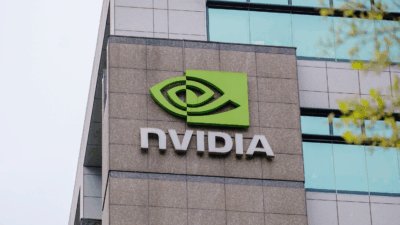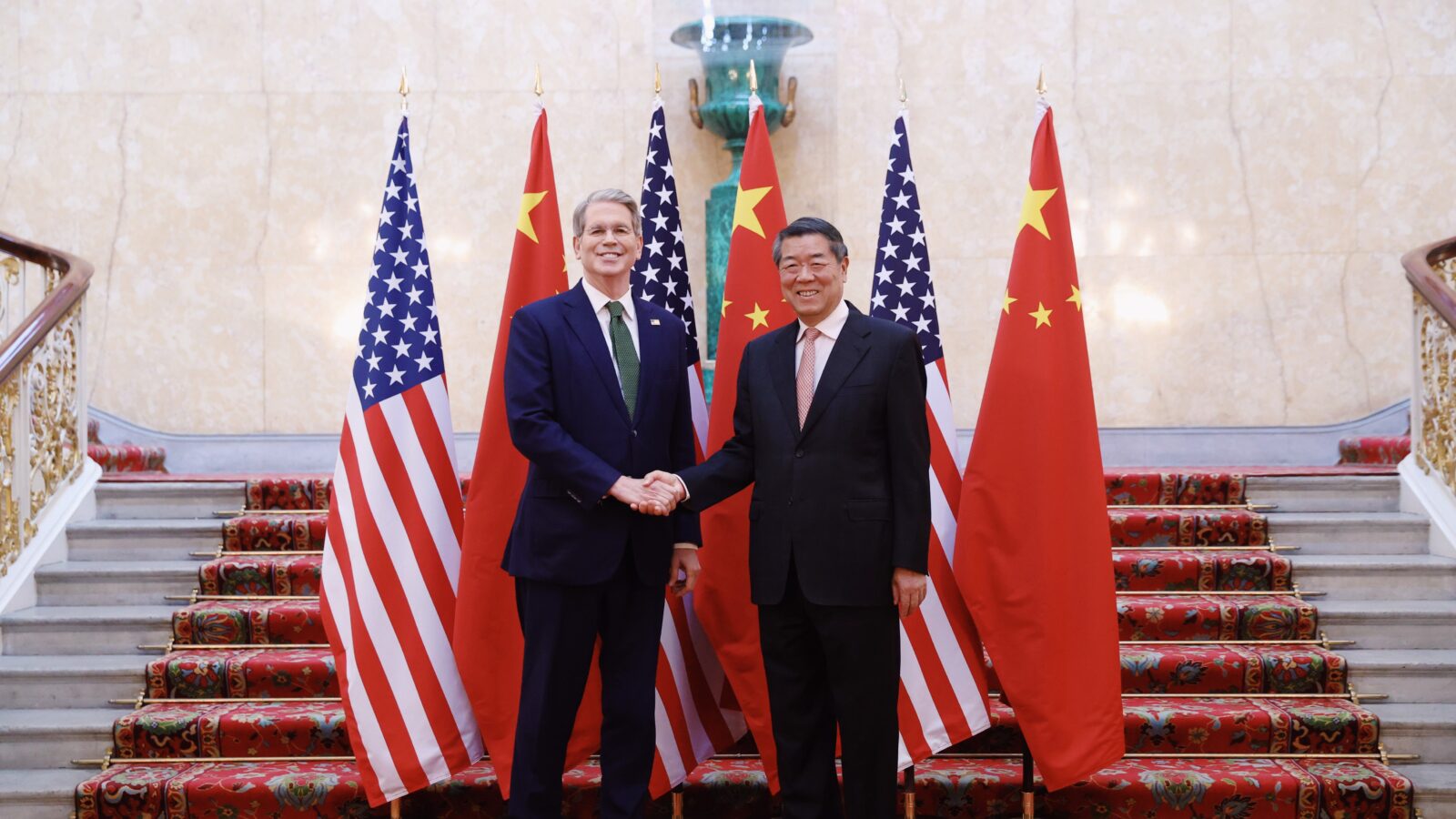
Sign up for smart news, insights, and analysis on the biggest financial stories of the day.
Turns out the CHIPS Act comes with silicon strings attached.
On Tuesday, the Commerce Department announced any company looking to get a piece of the $53 billion pie made available through the Chips and Science Act will not see one penny unless they meet strict requirements like limiting their stock buybacks and not doing business in “countries of concern” — i.e., China — for a decade, Bloomberg reported.
Read the Fine Print
The CHIPS Act is just one element of President Joe Biden’s Inflation Reduction Act, aimed at invigorating green tech and manufacturing stateside instead of relying on other nations to produce things like batteries, phones, and cars. In this case, it’s precious semiconductor chips, small, fragile circuits that power nearly everything. The US invented semiconductors but today it relies on countries like China, Taiwan, and Malaysia to produce them. Now Washington wants to bring them home.
Groups like Intel, Texas Instruments, and Samsung plan to split the $39 billion set aside in the legislation for capital projects and build new US-based facilities. The maker of the world’s most advanced chips, Taiwan Semiconductor Manufacturing — which saw its net income increase 60% last year to $34 billion — is already constructing a plant in Arizona, so it might be tough for it to reach the White House’s requirement of explaining why a company needs the money as opposed to why it wants it.
The government will start accepting applications this month, a process that involves a thorough review process and strict guidelines that could frighten off some applicants:
- Firstly, if a build-out fails or doesn’t go as planned, a company would have to return the government’s money. And, if a company receives more than $150 million, it’s required to share with Washington a portion of any cash flow or returns that exceed their projections.
- In addition, recipients will have to build a factory near a childcare facility or establish their own with the money provided. This deals with the other more social portion of the IRA that aims to make it easier to live and work in the US.
“I suspect a lot of companies are going to have to work harder than they thought they would in order to receive the funding,” Secretary of Commerce Gina Raimondo told Bloomberg.
Get Off My (buy)Back: Perhaps the biggest stick in the proverbial craw is the government’s stance on stock buybacks: It doesn’t like ‘em, no matter what Warren Buffett thinks. Beyond CHIPS recipients needing to limit spending on their own shares, the government will “require all applicants to detail their intentions with respect to stock buybacks over five years.” Since 2005, Intel has spent roughly $110 billion acquiring its own shares, which might have put smiles on investors’ faces but could lead Washington to keep its wallet closed unless the practice is under tighter control.











